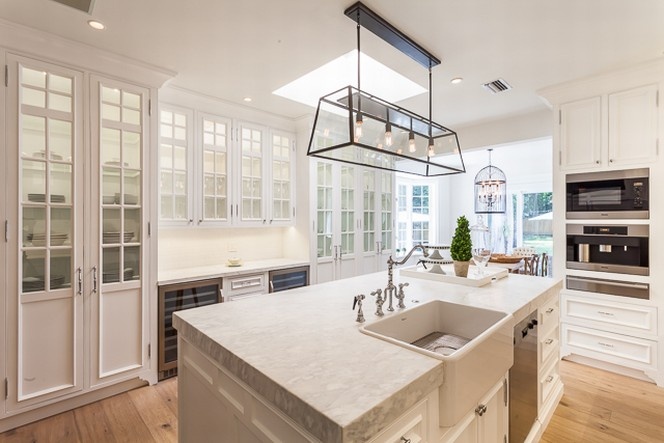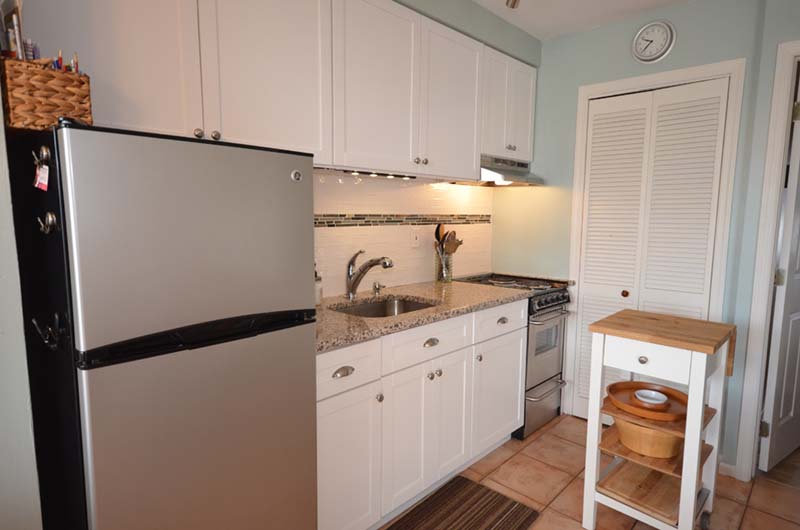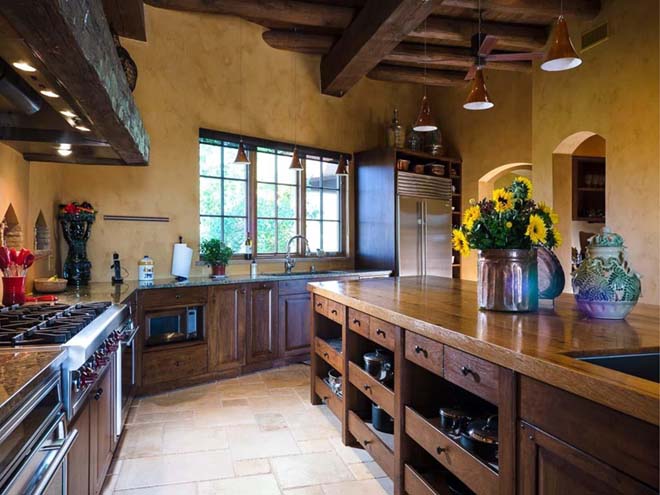WASHINGTON, DC—As it was widely expected to do, the Federal Reserve on Wednesday took the first step toward normalizing interest rates, raising the federal funds rate by 0.25% in the first of a series of gradual increases. Also as expected, the commercial real estate sector appears to be taking the Fed’s move in stride.
“Based on a strengthening and stabilizing economy, I believe this was a logical move by the Fed,” says Jeffrey Rinkov, CEO of Lee & Associates. “While the Fed is driven by data, I think this signifies its belief that the economy can operate in an environment with a normalizing monitory policy. Relevant to real estate investment, long-term interest rates should remain at historical low levels which will continue to incentivize investment.” At Colliers International, chief economist | USA Andrew Nelson says he doesn’t anticipate “a material near-term impact of Fed hikes on US property values or returns.”
Similarly, Spencer Levy, Americas head of research for CBRE Group Inc., doesn’t see any impact from the Federal Open Market Committee’s unanimous vote to increase the federal funds rate to a range of 0.25% to 0.50%. It has been in the 0% to 0.25% range from December 2008, and the Fed last moved to increase interest rates in 2006.
“The Fed likely has significantly more room to move before we begin to see real pressure on cap rates,” Levy says. “That said, certain markets may be more susceptible than others to interest rate increases.”
In a special report issued Wednesday after Fed chair Janet Yellen announced the Fed’s decision, economists at Cushman & Wakefield note that the central bank’s move was “largely symbolic,” with the quarter-point rate hike “just the first step in what will likely be a very lengthy process of monetary policy normalization. It reflects the growing consensus that the economic foundation propelling the current expansion is solid.”
More importantly, write C&W’s Kevin Thorpe, Rebecca Rockey and Ken McCarthy, the initial increase also signals that “the FOMC believes the labor market is close enough to—or already at—full employment. Despite core inflation hovering below the 2% target typically associated with price stability, the major impetus for the decision today was the rebound in several job market indicators.”
The FOMC said in its statement that it will weigh “realized and expected economic conditions” in determining the timing and size of future adjustments to the target range for the federal funds rate. Labor market conditions will be one of the metrics the committee studies, along with indicators of inflation pressures and inflation expectations, and readings on financial and international developments.
“The Committee expects that economic conditions will evolve in a manner that will warrant only gradual increases in the federal funds rate; the federal funds rate is likely to remain, for some time, below levels that are expected to prevail in the longer run,” according to the FOMC statement. “However, the actual path of the federal funds rate will depend on the economic outlook as informed by incoming data.”
In the view of Rick Sharga, EVP at Auction.com, “A Fed rate increase could be good for housing in the long run. One of the biggest headwinds in the housing market today is tight credit. There’s virtually no non-agency lending,” and almost nothing available outside the context of the federal government’s qualified mortgage guidelines. “Higher interest rates may allow for loans to be priced in a way that accommodates some degree of risk.”
Conversely, Sharga cautions that commercial real estate may be negatively affected. “Availability of low-cost capital has been one of the elements fueling the CRE market for the last few years, and in some cases has allowed investors to buy properties with lower cap rates and higher risk premiums,” he says. “It will be interesting to see what effect higher capital costs have on CRE sales volume and pricing.”
Rodney Ramcharan, research director with the USC Lusk Center for Real Estate and formerly a Fed economist, observes, “If the forward guidance associated with any interest rate increase leads to a sharp steepening of the yield curve, then the negative impact on median house prices could be large and housing could be in trouble. In addition to bringing down short rates, various LSAPs have been very effective in lowering long-term rates. The MEP in September 2011, for example, reduced the 10-year rate by about 46 basis points or more two standard deviations. With that support on the long end gone, if the Fed’s forward guidance signals a steep tightening cycle, then mortgage and other long rates in the United States could jump sharply.”
Ramcharan suggests that current pricing in many housing markets has been formed “based on the low long-term rates the past several years. That is, house prices are pretty sticky, and any expectations of higher rates are likely to have not been fully absorbed into current prices. So if long rates spike in the new year, then house prices will have some downward adjusting to do in many markets.”
For commercial real estate, says Levy, “The flow of international funds—combined with domestic pension funds’ large pools of capital allocated to commercial real estate but unspent—will outweigh any potential increase in the cost of capital. The wild cards here include the price of oil, an economic hard landing in China, which would lead to pull back in Chinese capital flows, or some other ‘black swan’ event which would impair global growth.” He adds, though, that “even this type of event could easily cause the Fed to reverse course, neutralizing any potential capital outflows.”







